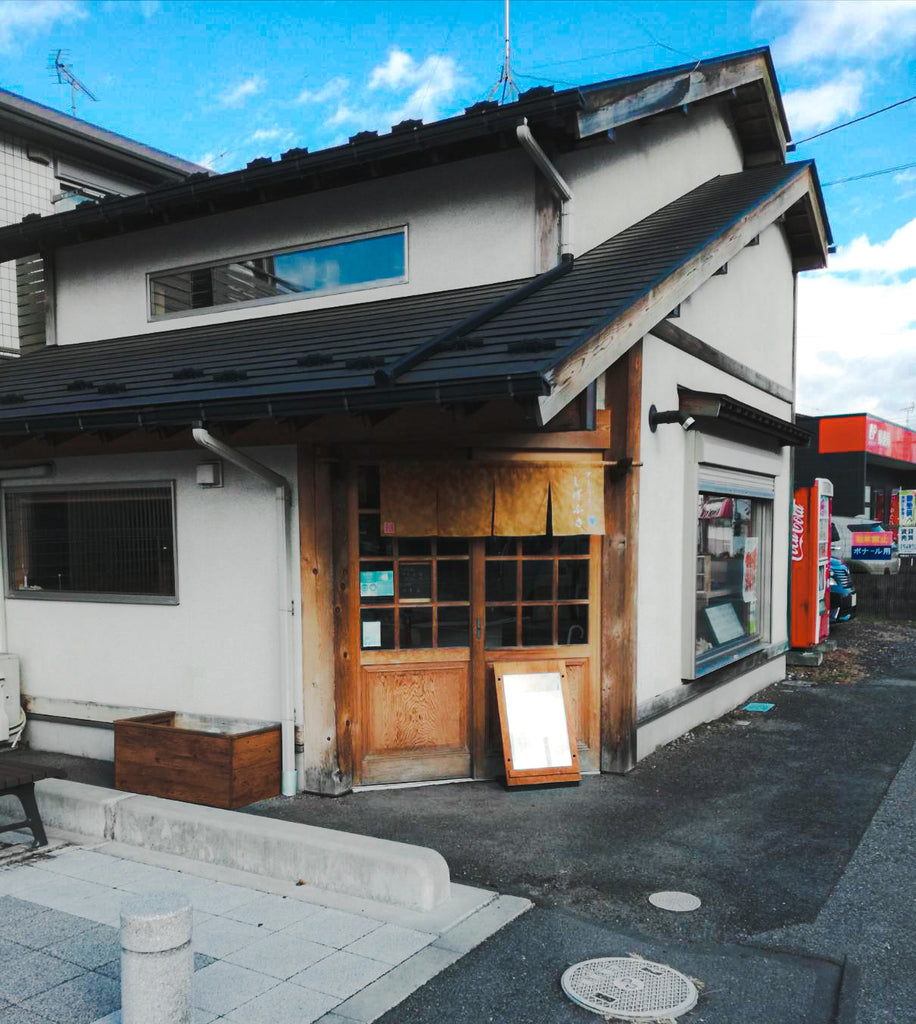日光下駄 / NIKKO GETA

NIKKO GETA
Traditional Japanese Footwear
日光下駄の由来 / Origin of Nikko Geta
江戸時代、全国各地の大名が日光東照宮に参拝しました。参拝時の正式な履物は草履と決められていましたが、雪や坂道が多い境内では、足袋が濡れるなど歩きにくく苦労しました。そこで草履の下に雪道を歩きやすい形の下駄を縫い合わせ、高さを出して歩きやすい「御免下駄」が考案され、これが草履と同様に参拝用の履物として用いられるようになりました。この「御免下駄」が日光下駄の起源です。 明治期に庶民が履きやすい形に実用化され現在の日光下駄となりました。
During the Edo period, feudal lords from all over Japan visited Nikko Toshogu Shrine. Zori were the official footwear to wear when visiting the shrine, but it was difficult to walk on the grounds of the temple grounds, where there was a lot of snow and slopes, and the tabi got wet. Therefore, "Gomen-geta" was devised by stitching geta under zori to make it easier to walk on snowy roads, and it came to be used as footwear for worship, just like zori. This "Gomen Geta" is the origin of Nikko Geta. During the Meiji period, it was put into practical use in a form that was easy for ordinary people to wear, and it became the current Nikko geta.
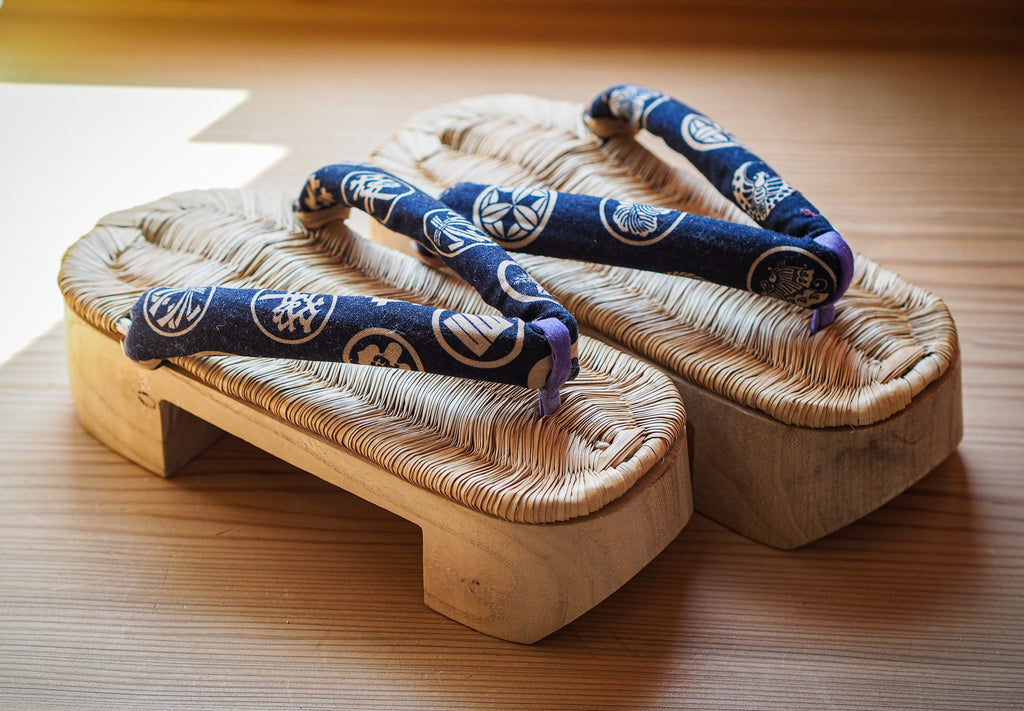
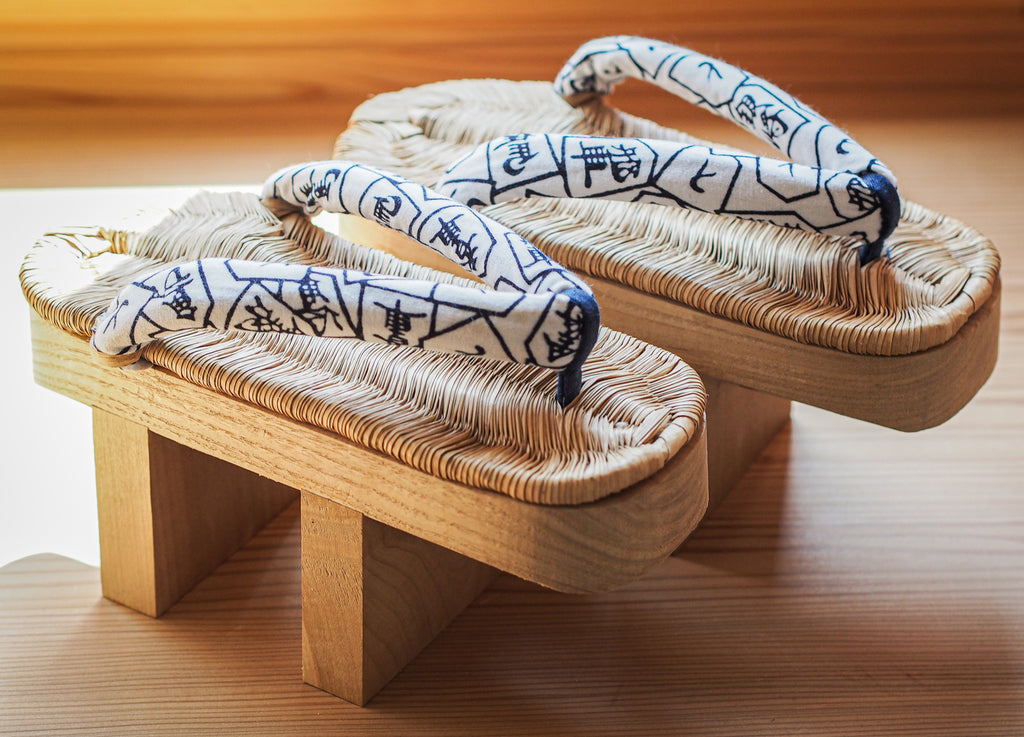
時代の要求に応える日光下駄 / Nikko geta that meets modern needs
日光下駄は日々足に馴染み、竹皮で編み込んだ草履が夏は涼しく吸収性に優れ、冬は暖かく心地よい。台木(歯部)が破損しても草履部分がしっかりしていれば、交換できるサステナブルな伝統工芸です。近年、日本文化に興味をお持ちになった欧米の方にも大変喜ばれています。
工芸品は日常使っていただくものですので、鼻緒や竹皮の色など時代のニーズにあったアレンジとデザインを施すことで、着物や洋服にもコーディネイトとして楽しめます。
Nikko geta is a traditional craft with a long history, and is handmade by craftsmen one by one using natural materials and inherited techniques. If the thong breaks as you continue to wear it and the rootstock wears out, it can be repaired or replaced, so you can continue to wear the pair with care. Nikko Geta is a sustainable product that expresses the Japanese spirit of "Mottainai" and is exactly what is needed in this era. In addition, in order to meet the needs of those who want to enjoy fashion in their daily lives, various arrangements are possible, such as the pattern of the strap, the color of the bamboo skin, and thedecoration of the rootstock. It's easy to express your unique personality, and you can enjoy coordinating it with both kimono and clothes.

日光下駄の特徴 / Features of Nikko Geta
日光下駄は一般的な下駄とは違い、下駄に草履が合わせられているのが大きな特徴です。草履部分は竹の子の皮を燻したものを使い、丁寧に、美しく編みこみます。なめらかな足触りで履き心地がよく、自然の殺菌効果があり素足でも清潔さを保ちます。細かく編み込んだ草履部分は耐久性に優れ、保温効果もあります。台木部分は末広型になっていて安定性に富み、独自のカットを施すことで前へ歩きやすい工夫がなされています。自然由来の材料は扱いが難しいですが、職人の手作りだからこそ、その良さを最大限に生かすことができ、一人一人の足に合わせ、最高の履き心地を実現します。
Unlike regular geta, Nikko geta are characterized by the fact that they are paired with sandals. The sandals are made from smoked bamboo shoots and are carefully and beautifully woven. It has a smooth texture and is comfortable to wear, and has a natural antibacterial effect that keeps your feet clean even with bare feet. The finely woven sandals are durable and have a heat retention effect. Natural materials are difficult to handle, but because they are handmade by craftsmen, we can make the most of their goodness and achieve the best comfort according to each person's feet.


制作工程 / Production Process
①鼻緒作り(藁を入れる) / Hanao making (inserting straw)
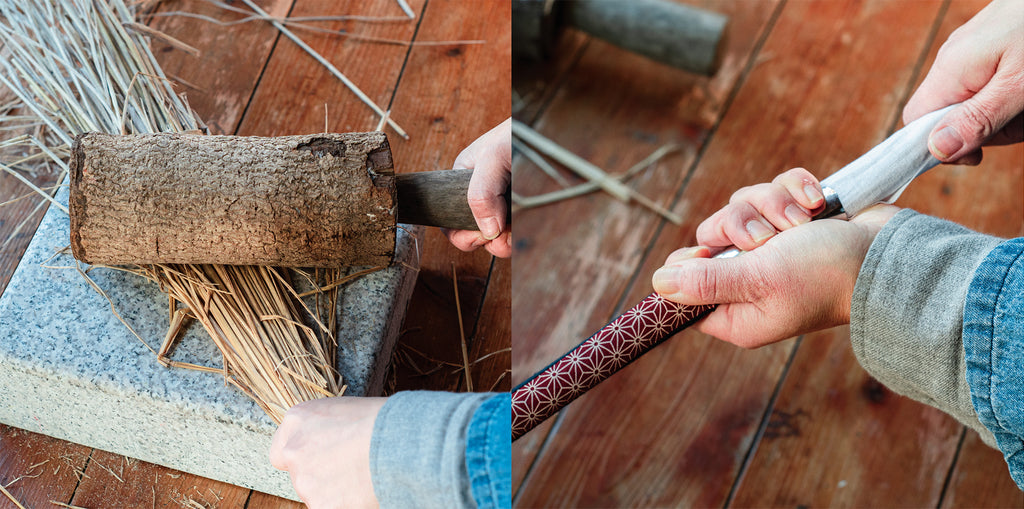
②竹皮を燻して割く / Smoke and split bamboo bark

③編む / knit
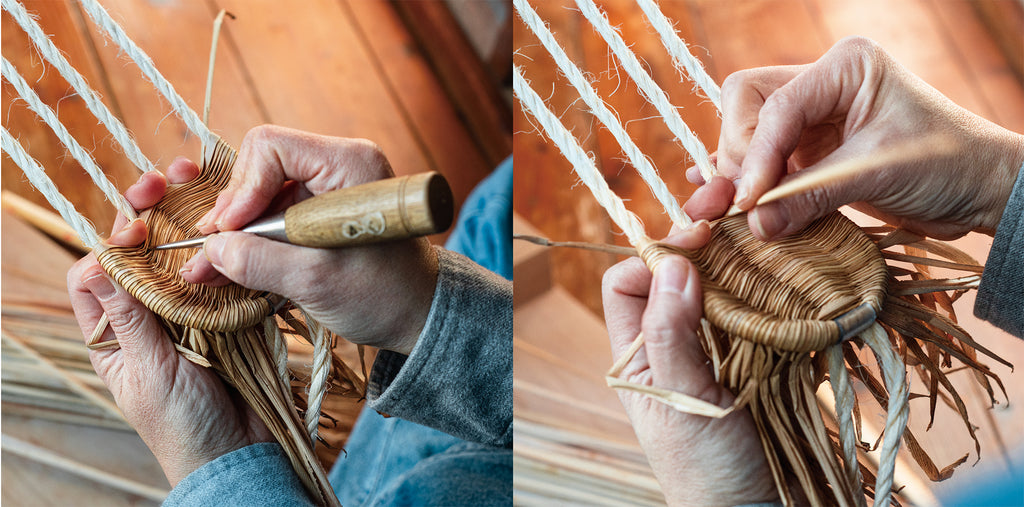
④麻ひもを撚る(縫いつけ用) / Twisting twine (for sewing)
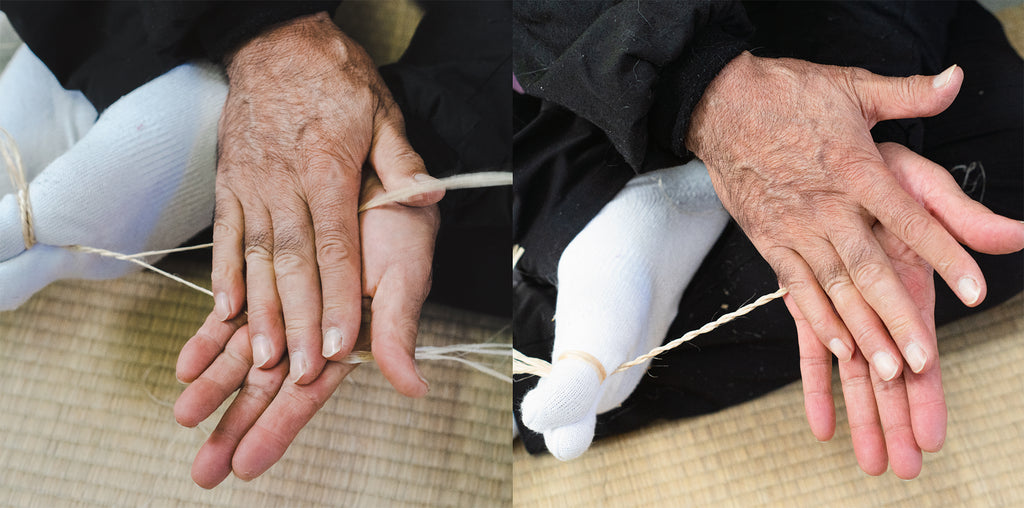
⑤台木に縫い付け / Sewing on the base wood

⑥前鼻緒を付けて完成 / Attaching the front nose strap

日光について / About Nikko
日光は世界遺産の日光東照宮が鎮座することで有名ですが、日光にはもっと古くから、山岳信仰の歴史がありました。山岳信仰とは、山に神々が宿るとして崇拝する信仰のことです。日光山では男体山をはじめとした、雄大な日光連山を御神体としています。勝道上人が西暦766年に四本竜寺を創建し日光山を開山してから、多くの修行僧が日光山にて修業を積み、また多くの人々が日光山を信仰してきました。
開山から約850年後に日光東照宮が創建されてからは、益々多くの人々が日光に参拝するようになります。古くから神聖な場所として信仰を集めてきた「日光」は今もなお人々を惹きつける特別な場所です。特別な場所であるがゆえに、様々な伝統・しきたりがありますが、それらをしっかり守ってゆくのも大切なことです。私たちは誇りをもって、日光の歴史、文化、伝統を守っていきたいと心に誓っています。
Nikko is famous for the world heritage Nikko Toshogu Shrine, but Nikko has a long history of mountain worship. Mountain worship is the belief that gods reside in mountains. At Mt. Nikko, the majestic Nikko mountain range, including Mt. Nantai, is a sacred object. Since Shodo Shonin founded Shihonryu-ji Temple in 766 AD and opened Mt. Nikko, many trainee monks have trained on Mt. After Nikko Toshogu Shrine was built about 850 years after the opening of the mountain, more and more people began to visit Nikko. "Nikko", which has been worshiped as a sacred place since ancient times, is still a special place that attracts people. Because it is a special place, there are various traditions and customs, but it is also important to keep them firmly. We are proud of our commitment to preserving the history, culture and traditions of Nikko.
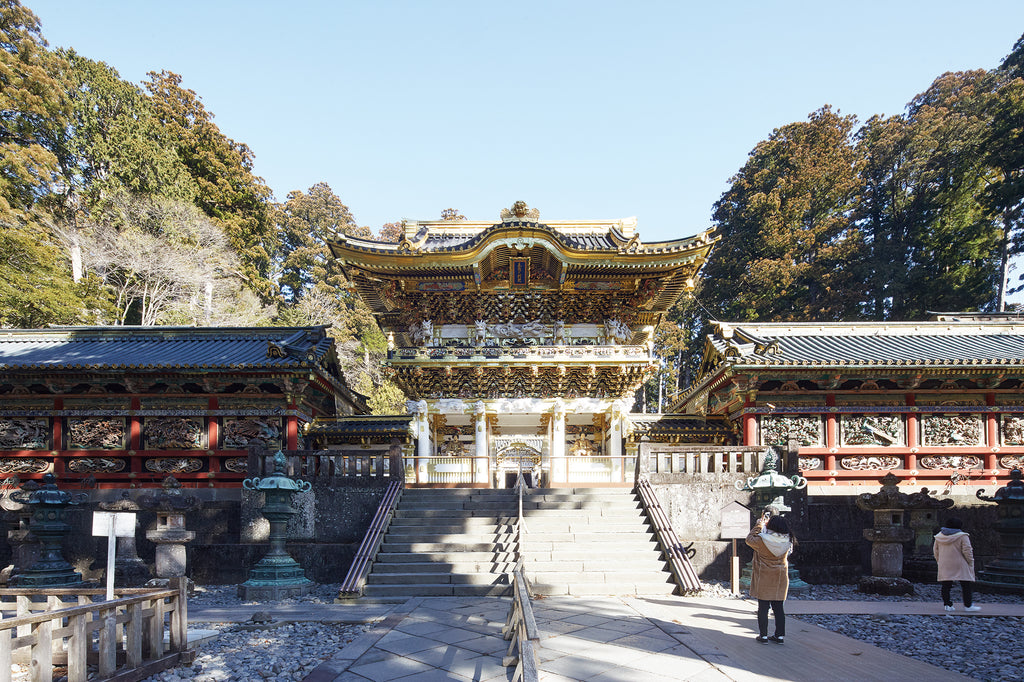
工芸士紹介 / Craftsman Introduction
山本 政史 / Masashi Yamamoto

伝統工芸士。日光伝統工芸組合協議会 会長。日光下駄製作の技術を伝える第一人者。若手の育成にも尽力されており、師匠から継承した制作方法を後継者がより簡単に、綺麗に作れるようにと現在の編み方に。素材、技術、全てを「本物」にこだわるものづくりを徹底。技術も28年間、お客様の要望に真剣に向き合い磨き続ける。天皇両陛下が皇太子の際にも献上。
He is a traditional craftsman. Chairman of the Nikko Traditional Crafts Association. He is a leading figure in passing on the Nikko geta making techniques. He is also committed to fostering young craftsmen, and has adopted the current weaving method, which he inherited from his master, in order to make it easier and more beautiful for his successors. He is thorough in his craftsmanship, focusing on the "real thing" in materials, techniques, and everything else. For 28 years, he has continued to hone his skills by earnestly responding to customer requests. The company was presented to Their Majesties the Emperor and Empress when they were Crown Prince.
中山 美穂 / Miho Nakayama
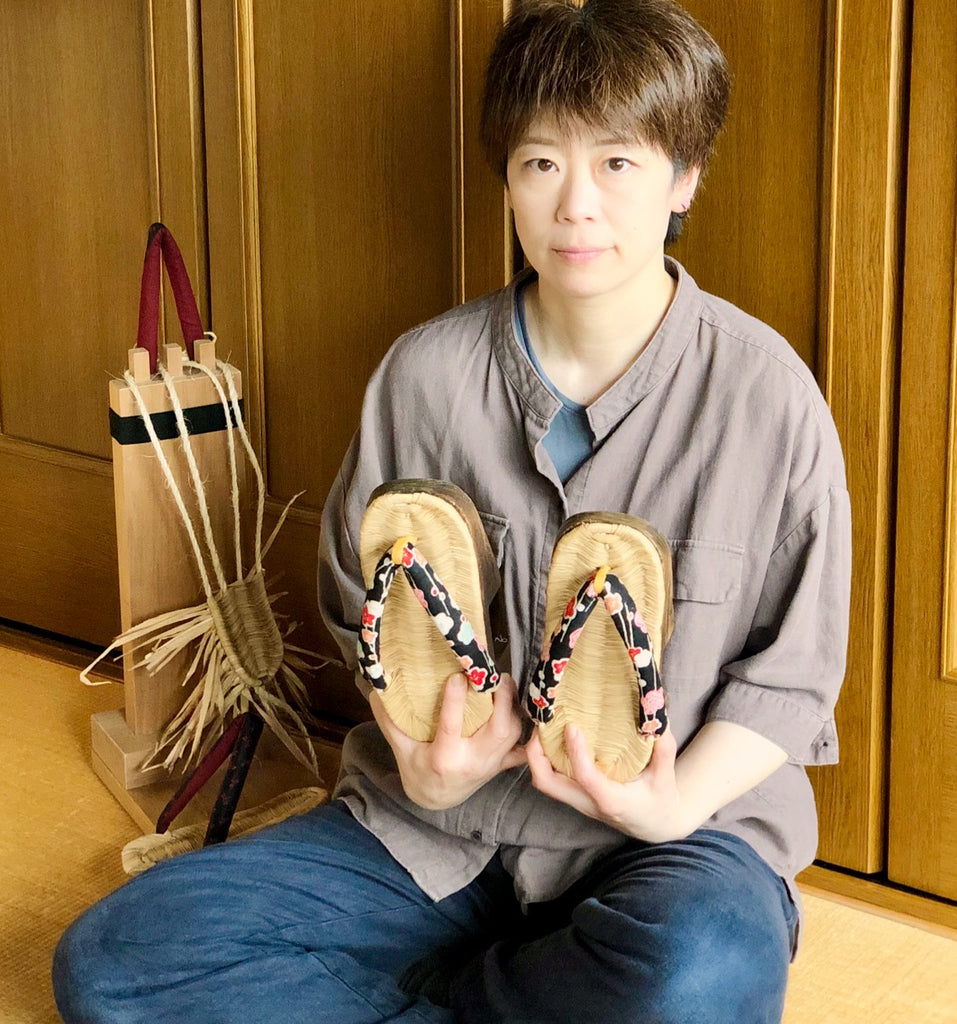
伝統工芸士を目指し現在修行中。 長いこと広告デザインの会社で働いていたが、元々手芸をする母親の影響から布が好きで、小さいころから自分でオリジナルの小物を作ることが趣味であった。特に和もの小物や装飾品、伝統などをイメージしたものが好きである中、日光市で伝統工芸後継者育成事業を知りこの道に進むことになる。
Currently training to become a traditional craftsman. Although she has been working at an advertising design company for a long time, she has always loved fabrics because of her mother's handicrafts, and has enjoyed making her own original accessories since she was a child. She has been especially fond of Japanese accessories and ornaments, as well as those inspired by traditions, and was inspired to pursue this career when she learned of Nikko City's project to foster successors to traditional crafts.
日光下駄販売店 Nikko Geta Dealer
日光下駄・山本
栃木県日光市川室23-4 tel. 0288-21-8966 / fax. 0288-21-8914
Nikko Geta, Yamamoto
23-4 Kawamuro, Nikko-shi, Tochigi, JAPAN tel. +81-288-21-8966 / fax. +81-288-21-8914
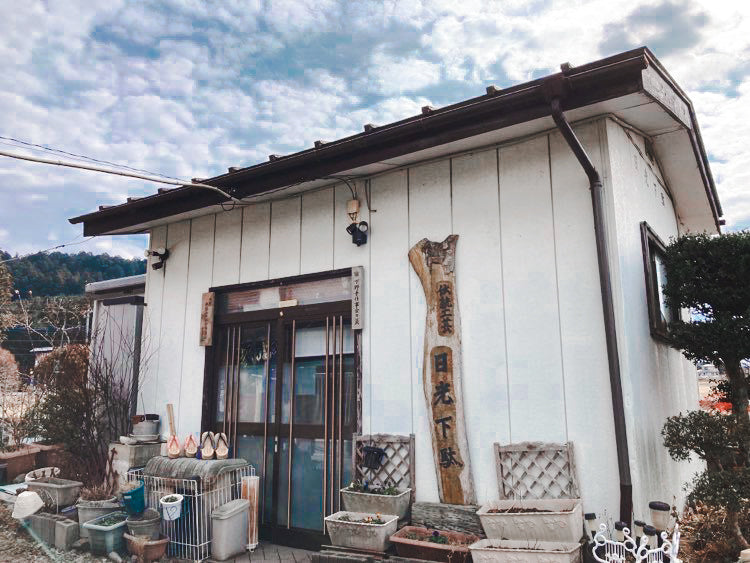
アトリエ しげふさ
栃木県日光市今市 786-2 tel. 0288-21-0538
atelier Shigehisa
786-2 Imaichi, Nikko-shi, Tochigi, JAPAN +81-288-21-0538栃木県日光市今市 786-2 tel. 0288-21-0538
